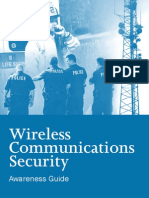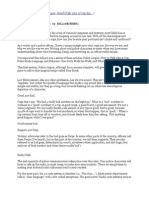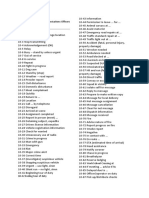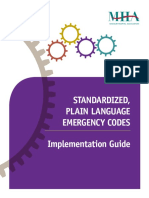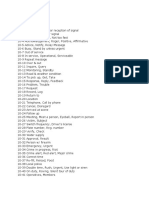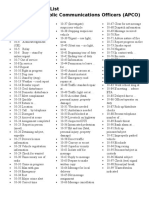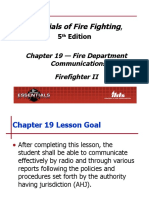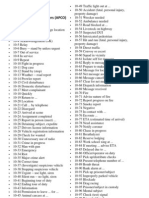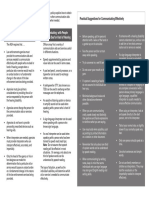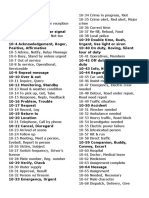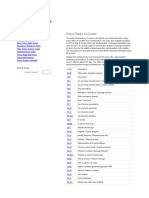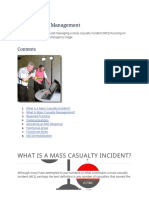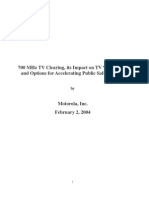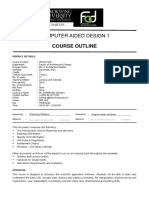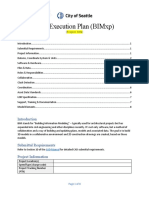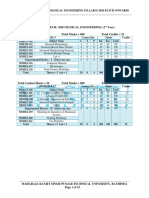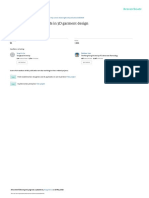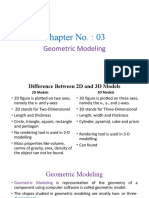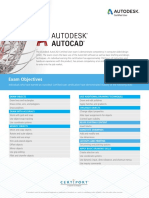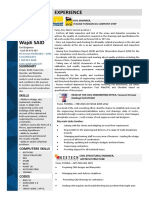0% found this document useful (0 votes)
189 views12 pagesFEMA Plain Language Guide
This brochure outlines a process for emergency response agencies to transition from using 10-codes to plain language for radio communications. It discusses the reasons to adopt plain language, including improved interoperability between agencies. The transition requires assessing current practices, planning the change with stakeholders, equipping personnel with training and standardized terminology, and implementing the new plain language policy. While change can be difficult, a successful transition requires partnership between agencies to adopt common terminology that all responders can understand.
Uploaded by
Lívia Cristina Monteiro Dos SantosCopyright
© © All Rights Reserved
We take content rights seriously. If you suspect this is your content, claim it here.
Available Formats
Download as PDF, TXT or read online on Scribd
0% found this document useful (0 votes)
189 views12 pagesFEMA Plain Language Guide
This brochure outlines a process for emergency response agencies to transition from using 10-codes to plain language for radio communications. It discusses the reasons to adopt plain language, including improved interoperability between agencies. The transition requires assessing current practices, planning the change with stakeholders, equipping personnel with training and standardized terminology, and implementing the new plain language policy. While change can be difficult, a successful transition requires partnership between agencies to adopt common terminology that all responders can understand.
Uploaded by
Lívia Cristina Monteiro Dos SantosCopyright
© © All Rights Reserved
We take content rights seriously. If you suspect this is your content, claim it here.
Available Formats
Download as PDF, TXT or read online on Scribd
/ 12



